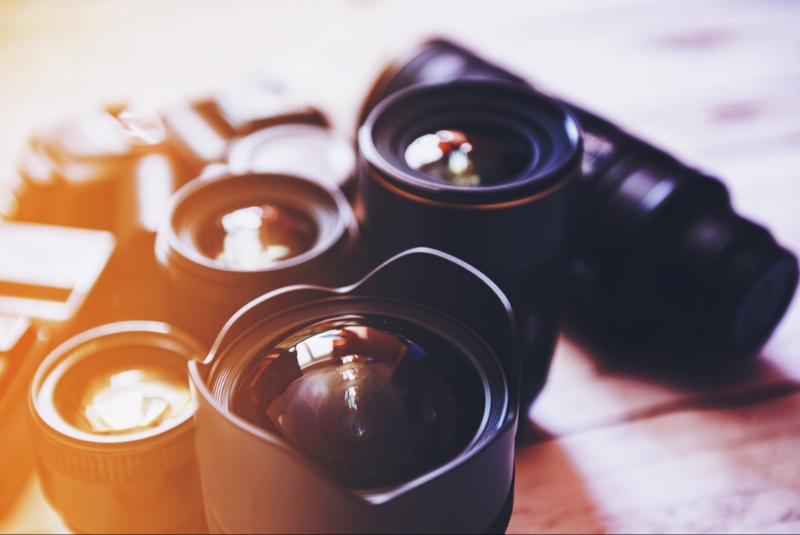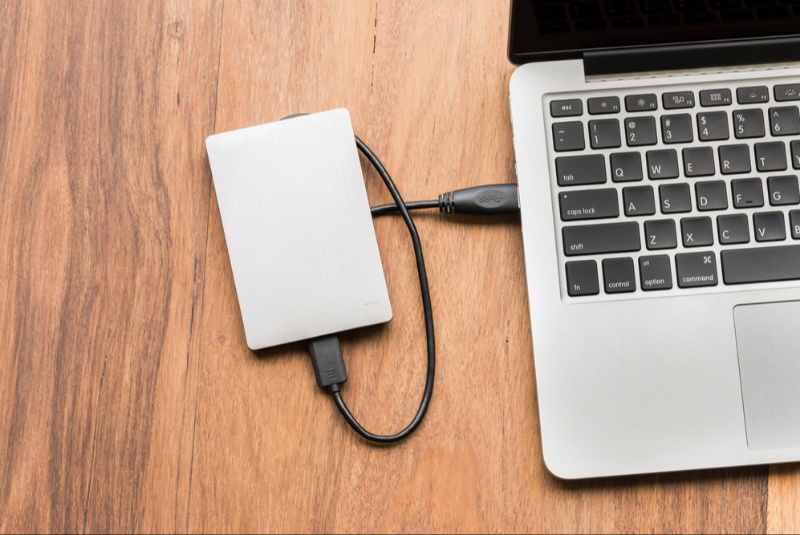Buying a camera in today’s tech-rich world offers incredible opportunities, yet the variety of options can make the process overwhelming. A carefully chosen camera can enhance your ability to capture memories and express your creativity, making it an investment worth thoughtful consideration.
1. Define Your Purpose
Before diving into camera specs, reflect on your primary goals. Are you aiming to capture professional-grade images, document family adventures, or start a vlogging channel? Each purpose calls for different camera types:
- Photography Enthusiast: For high-quality images with artistic flexibility, DSLRs or mirrorless cameras are excellent options.
- Casual Shooter: If you’re looking for ease and convenience, a compact or point-and-shoot camera may be sufficient.
- Vlogging and Video Content Creation: Mirrorless and action cameras with strong video capabilities and external microphone options are well-suited.
Clarifying your purpose helps narrow down your choices, guiding you toward the camera that will best serve your interests.
2. Explore Different Camera Types
Each type of camera offers unique advantages and potential drawbacks, so let’s explore the primary options to help you understand which might suit you best:
DSLR Cameras
- Pros: Known for high image quality, full manual control, and a wide selection of lenses, DSLRs are favored by professionals and serious photographers.
- Cons: They tend to be heavier and bulkier than other types, with a steeper learning curve for beginners.
Mirrorless Cameras
- Pros: More compact than DSLRs, mirrorless cameras often have fast autofocus and excellent video quality, making them great for both photography and videography.
- Cons: They generally have shorter battery life compared to DSLRs and may have fewer lens options depending on the brand.
Compact Cameras
- Pros: Lightweight, budget-friendly, and easy to use, compact cameras are a popular choice for travelers and casual photographers.
- Cons: Limited manual control and lower image quality than DSLRs or mirrorless models, making them less ideal for professional photography.
3. Establish Your Budget
Setting a realistic budget can prevent you from overspending on unnecessary features or overlooking essential accessories. Budgeting includes the camera body, lenses, memory cards, and protective gear. Remember, the highest price tag doesn’t always guarantee the best quality; often, mid-range options provide all the necessary features to start your photography journey with confidence.
4. Focus on Core Specifications
Choosing the right specs can make a big difference in your photography experience. Let’s look at key factors to consider:
Sensor Size
Sensor size significantly impacts image quality, especially in low-light conditions. Larger sensors (such as full-frame or APS-C) capture more light and detail, improving performance in challenging environments.
Megapixels
While megapixels determine image resolution, they aren’t the sole factor for quality. A 12-16 megapixel camera is often sufficient for most needs, whether you’re printing photos or sharing them digitally. Higher megapixels can be useful if you plan to crop images extensively or print large-format photos.
Lens Compatibility
Interchangeable lenses expand your creative options, allowing you to switch between wide-angle, macro, and telephoto lenses. Ensure the camera model you choose supports a variety of lenses compatible with your style and future needs.
Autofocus System
An advanced autofocus system is essential, particularly for capturing fast-moving subjects like sports or wildlife. Look for cameras with multiple focus points and advanced tracking capabilities to ensure clear, sharp images.

5. Check for Ergonomics and Handling
A camera should feel comfortable in your hands, especially if you’ll be shooting for extended periods. Visit a store to test the grip, button placement, and overall weight. The layout of dials and controls should be intuitive, enabling you to access key settings quickly. Ergonomic handling can make a big difference during longer shoots, ensuring a smoother experience.
6. Connectivity Features
Modern cameras often come with Wi-Fi, Bluetooth, or NFC options for seamless sharing and remote control, ideal for instant uploads or live view control from a smartphone. If you’re active on social media or shoot frequently for work, these connectivity options add convenience and efficiency to your workflow.
7. Battery Life
Battery life is essential, especially if you plan to travel or shoot for extended periods without access to power. DSLRs typically have longer battery life than mirrorless cameras due to the lack of an electronic viewfinder. Carrying an extra battery or two can provide peace of mind and keep you shooting without interruption.
8. Future-Proofing Your Investment
Camera technology evolves quickly, so investing in features like 4K video, high ISO sensitivity, and fast processors can help ensure your camera remains relevant for years to come. Features like weather-sealing and durable build quality also add to longevity, making the camera a reliable companion on outdoor shoots or travel adventures.
9. Review Customer Feedback and Ratings
Customer reviews provide real-life insights into how a camera performs under different conditions. Read both positive and negative reviews to get a balanced view, paying attention to comments about durability, ease of use, and overall satisfaction. Feedback from other users can be invaluable in uncovering potential issues or confirming a model’s reliability.
10. Test the Camera In-Store
Whenever possible, visit a store to handle the camera in person. Testing the camera gives you a sense of the interface, controls, and responsiveness. You can also observe its weight, grip, and overall feel, helping you make a confident decision. Trying out different models can clarify your preferences, allowing you to pick a camera that feels just right.
Choosing a camera is an exciting journey that combines personal needs, creative ambitions, and practical considerations. By defining your purpose, exploring camera types, setting a realistic budget, and focusing on core specifications, you can narrow down your options effectively. Don’t underestimate the importance of ergonomics, connectivity, and future-proof features that can enhance your overall experience and keep your camera useful over time.
Investing in the right camera empowers you to capture life’s moments with clarity, creativity, and confidence. Whether you’re a budding photographer or a seasoned enthusiast, finding a camera that aligns with your goals will open new doors of exploration and storytelling. Take your time to research, try different models, and embrace the adventure of discovering your ideal camera—it’s a tool that will help you see the world through a fresh lens and share your unique perspective with others.




